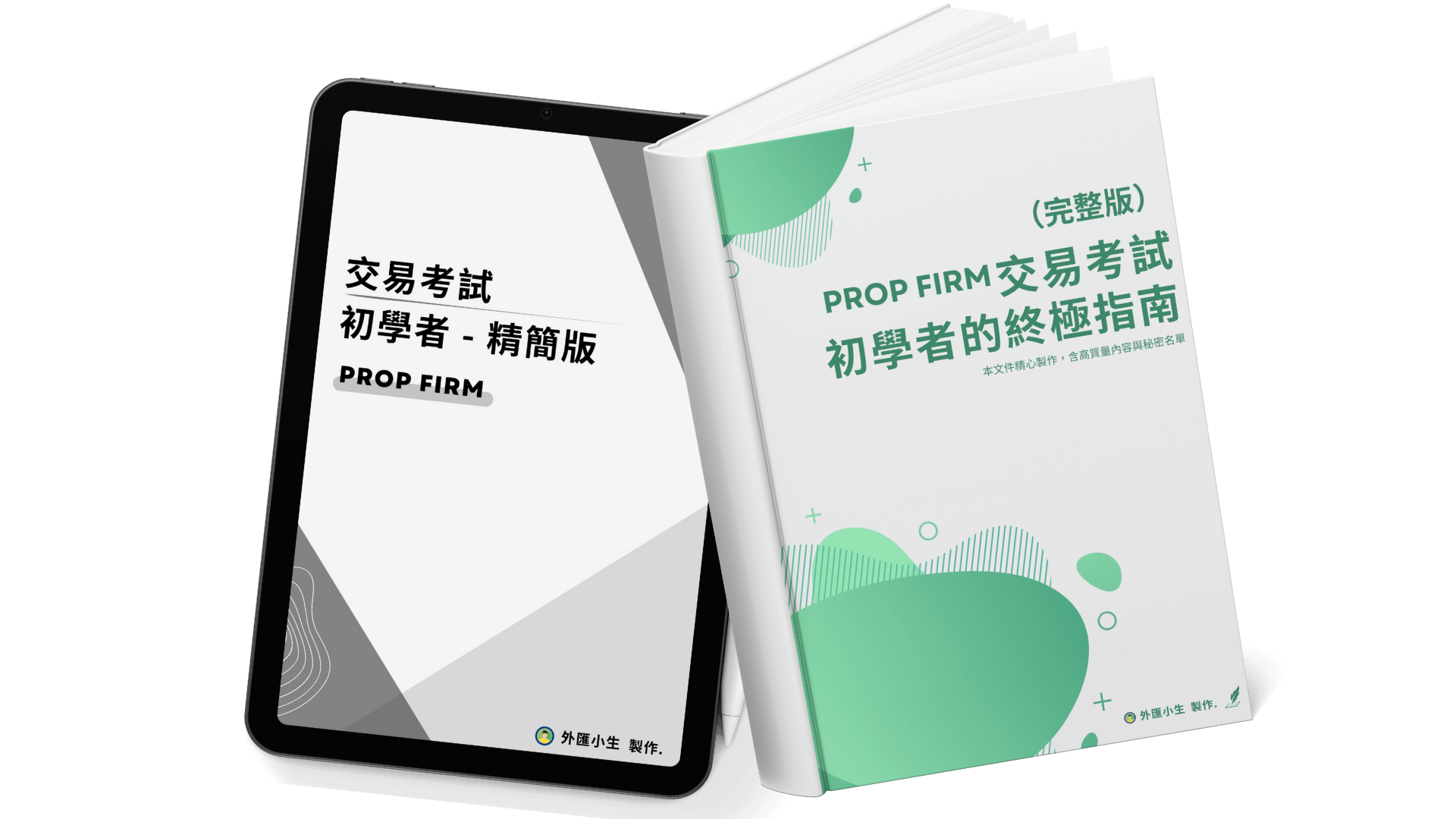In the world of prop trading, success remains elusive for many. According to exclusive FPFX Tech data obtained by Finance Magnates, only 7% of investors achieve profitability, and among those successful ones, the average return is modest: just 4% of their allocated capital.
Traders Use an Average of 2.2 Prop Firms
Prop trading is predominantly male-dominated, with men making up 78% of all Trading Funding Firms (TFFs) clients. This investment type is most popular among Gen Z and Millennials, collectively accounting for over 60% of all clients.

This data comes from FPFX Tech, a fintech company specializing in technical solutions for prop firms, providing Software as a Service (SaaS) solutions. The data covers over 300,000 accounts from 100,000 traders across 10 different prop firms.
Justin Hertzberg, Co-founder and CEO of FPFX Tech, told Finance Magnates: "According to the survey data, 14% of traders passed the challenge and received funded accounts.
Of these, approximately 45% (7% of all traders) achieved profitability in their funded accounts, with an average profit of 4% of the account size (or account value). Only 7% of 300,000 prop trading accounts achieved profitability."
How much can traders earn? The most common amount fluctuates around 4% of the funded account size. If a prop investor receives a $100,000 account, they typically earn $4,000.
Considering that individual accounts spend an average of $800 on challenges throughout their entire activity cycle, usually participating in three different challenges, the average profit isn't high. More importantly, according to FPFX data, one in every 10 traders uses multiple prop firms, and data from 100,000 investors shows they trade with an average of 2.2 prop firms.

USA Still Dominates the Prop Trading Market
Despite many prop firms not serving US clients, especially after MetaQuotes' impact in February this year, US investors remain the industry's backbone.
According to FPFX Tech data, the US accounts for 20% of all active traders in the industry; the UK ranks second (10%); followed by India (4%); the remaining rankings comprise several countries, including many from continental Europe, with market shares of 2-3%.

However, as Hertzberg indicates, "Currently, the number of investors from Asia, Africa (mainly Kenya and Nigeria), Latin America, and Eastern European countries is growing rapidly, and we expect to see significant growth rates in the Middle East region in the next 90-180 days."
He predicts this based on the company's planned new business launches at the end of this year, as Hertzberg emphasizes, these businesses focus on several Middle Eastern countries that haven't been targeted by other prop industry firms so far.
Prop Trading is the Future of Retail Trading
When asked if prop trading could become the direction for retail industry development, Hertzberg predicted this is its future.
Hertzberg states, "It shifts leverage concerns and risk management from individual traders to institutions, giving traders greater opportunities to achieve excess results compared to their own personal purchasing power."
He predicts that the popularity of prop trading will grow, as will the technology behind it, and FPFX Tech hopes to "lead this trend" by developing new features for the industry.
Hertzberg is also convinced that TFFs should be regulated to ensure operators have sufficient experience, net capital, compliance controls, defensible marketing, and proper operational method disclosures. This year's regulatory actions have already shown the industry is moving in this direction.
As reported by Finance Magnates, ESMA began discussing prop trading regulation several months ago; Dr. George Theocharides, Chairman of the Cyprus Securities and Exchange Commission (CySEC), expressed similar views, stating that "prop trading will be strictly regulated at some point"; meanwhile, the Czech market regulator confirmed that prop firms' activities "may be bound by MiFID regulations."
The FPFX CEO added, "The recent series of stops, failures, and suspensions of prop firms is the result of insufficient funding and poor management, especially in risk management, which is the most important and easily overlooked factor in prop firms' success and profitability."
It's worth comparing these data with another survey conducted by prop firm PipFarm, although the sample size was significantly smaller (450 respondents) and focused on only one prop firm, the results differed greatly, with average challenge spending exceeding $4,200 and the percentage of profitable traders reaching 41%.
Reference:Exclusive: Only 7% of 300,000 Prop Trading Accounts Achieved Payouts









